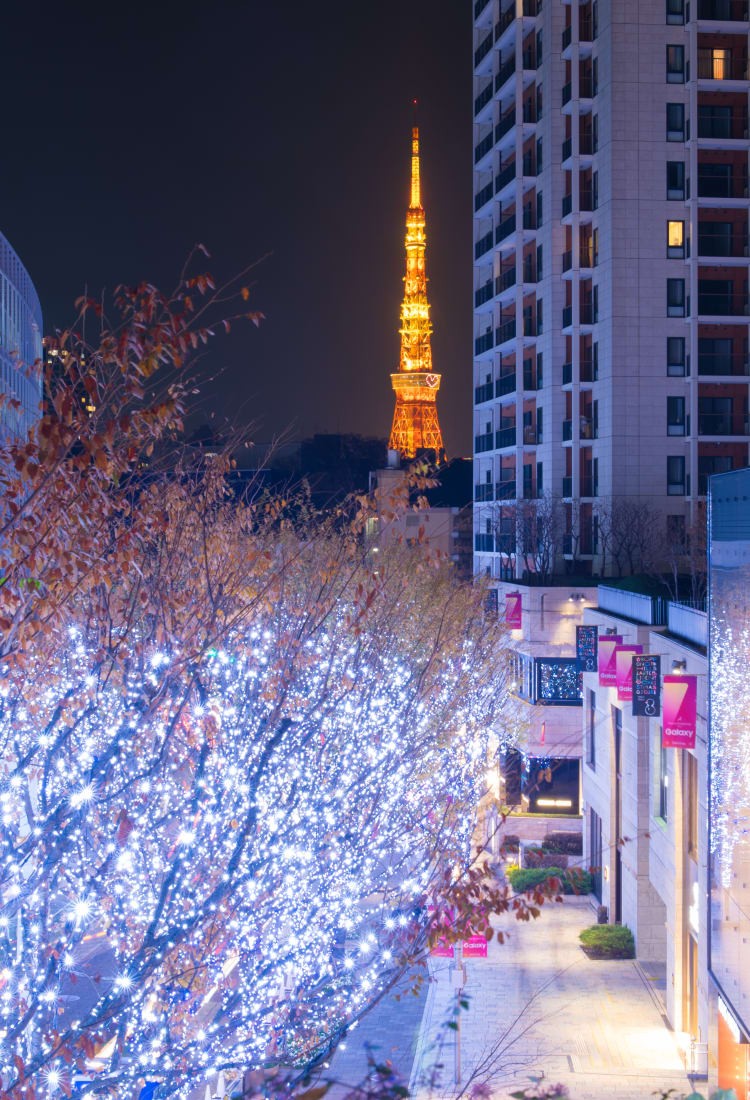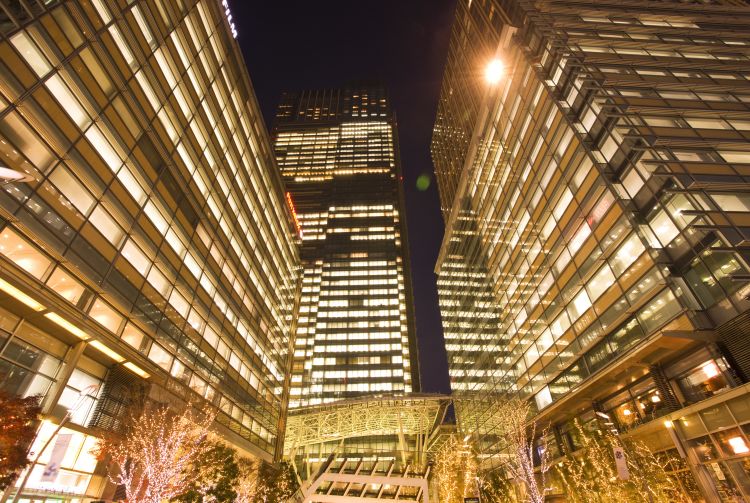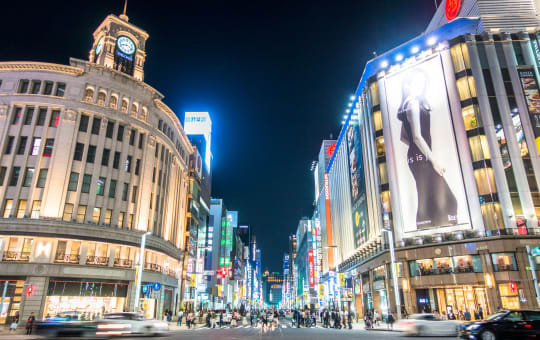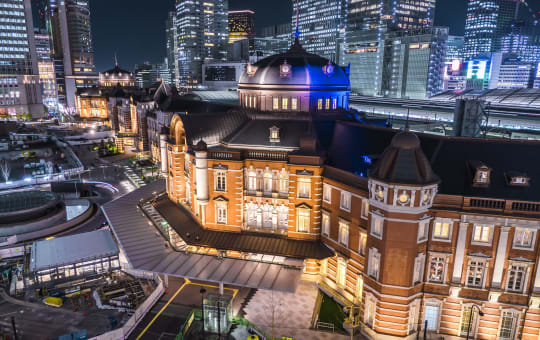

TOKYO Roppongi & Akasaka An expat haven that's home to some of Tokyo's top nightlife and culture hotspots
An expat haven that's home to some of Tokyo's top nightlife and culture hotspots
The Roppongi and Akasaka areas are all about luxury and extravagant entertainment and dining. Home to top-rated nightlife and upscale museums, these districts are the go-to for sophisticates traveling in Tokyo. Smart travelers can enjoy a vibrant, fun time in this part of town at all hours.
Don't Miss
- The sweeping city vistas from the 53rd-floor art gallery atop Mori Tower
- The best sushi money can buy at the Roppongi Hills branch of Sukiyabashi Jiro
- Late-night partying in a panoramic high-rise at V2
How to Get There
Roppongi and Akasaka are serviced by the Hibiya and Oedo subway lines, which stop at Roppongi Station; the Chiyoda subway line, which stops at Nogizaka Station; and the Namboku subway line, which stops at Roppongi-Itchome Station.
Quick Facts
With a huge expat community, many entertainment spaces cater specifically to foreign guests
Dancing after midnight was illegal in Roppongi until very recently
The area is home to the country's biggest film festival
Before the luxury; a little history
The name Roppongi translates to "six trees," and was given to the area back in the 1960s. It's said that six very old and large zelkova trees were once used to mark the area. Another local legend is that the six lords who lived near the area during the Edo period each had the kanji character relating to trees in their name.
Though the area was always quite heavily trafficked, it wasn't until after the Meiji Restoration in 1868 that it started booming. In 1890, the area saw an influx of Japanese soldiers, and later American soldiers, make their residence here, resulting in a burgeoning nightlife, something that Roppongi is still very well known for today.
Modern day Roppongi and Akasaka are a fascinating mix of overseas tourists, longtime expats, and Japanese residents, giving the neighborhood a sophisticated, international feel unlike anywhere else in Tokyo.

Tokyo's nightlife capital
Roppongi is arguably Tokyo's most popular nightlife district, particularly for overseas visitors. From disco in the '70s to EDM today, Roppongi's nightclubs welcome anyone and everyone looking to drink and dance.
Unlike some other entertainment districts in Tokyo, Roppongi has a large collection of restaurants, bars, and clubs that cater specifically to the expat community: Geronimo Shot Bar and Sheyda Bar, along with nightclubs Maharaja, MUSE, V2, and Odeon to name just a few. If you'd prefer a show to dancing, Roppongi is also home to many cabaret clubs such as Tantra and Burlesque Tokyo.
Wherever you go, the neighborhood's streets are filled with off-duty military personnel, foreign business types, and young people looking to party. Keep an eye out for touts on the streets trying to pull you into their clubs—these places tend to charge exorbitant door fees and exploit tourists.
Some quiet art and culture to recover
Beyond the nightclubbing scene, Roppongi and Akasaka are often regarded as home to Tokyo's most impressive galleries and art spaces. The area houses three main museums that make up what's commonly referred to as the "Art Triangle Roppongi": The National Art Center , the Mori Art Museum , and the Suntory Museum of Art . Discount tickets are available for those who want to visit all three galleries.
Each of the three different points of the Art Triangle caters to something different. The Mori Art Museum , located on the 53rd floor of the Roppongi Hills Mori Tower, has the most incredible views and a wide selection of works from Japan and across the world. The National Art Center , housed in a spectacular building across from Tokyo Midtown, typically hosts exhibitions based around a specific unifying theme, as well as an impressive selection of work by local artists.
Finally, inside Tokyo Midtown itself is the Suntory Museum of Art , which gives you a look inside Japanese culture and history. Finding beauty in everyday life, this gallery space is filled with collections of incredible Japanese paintings, ceramic wares, and textiles.
Aside from the Art Triangle, the area is filled with smaller museums and gallery spaces like Ota Fine Arts, Zen Foto Gallery, and complex665.

Tokyo Midtown
Endless events and activities
As an entertainment hotspot, the Roppongi and Akasaka area is home to a wide range of traditional and contemporary events throughout the year. From art shows to traditional festivals, there's never a dull weekend.
A more recent addition to the Roppongi event calendar is Roppongi Art Night, a popular event that's modeled after the famous Nuit Blanche festivals featured around the world. This all-night art celebration sees around one million visitors each year.
During the Christmas season, don't miss the incredible Christmas illuminations. Located behind Roppongi Hills, thousands of brilliant LED lights are carefully curated to create a magical glowing wonderland like nowhere else.


* The information on this page may be subject to change due to COVID-19.




































































